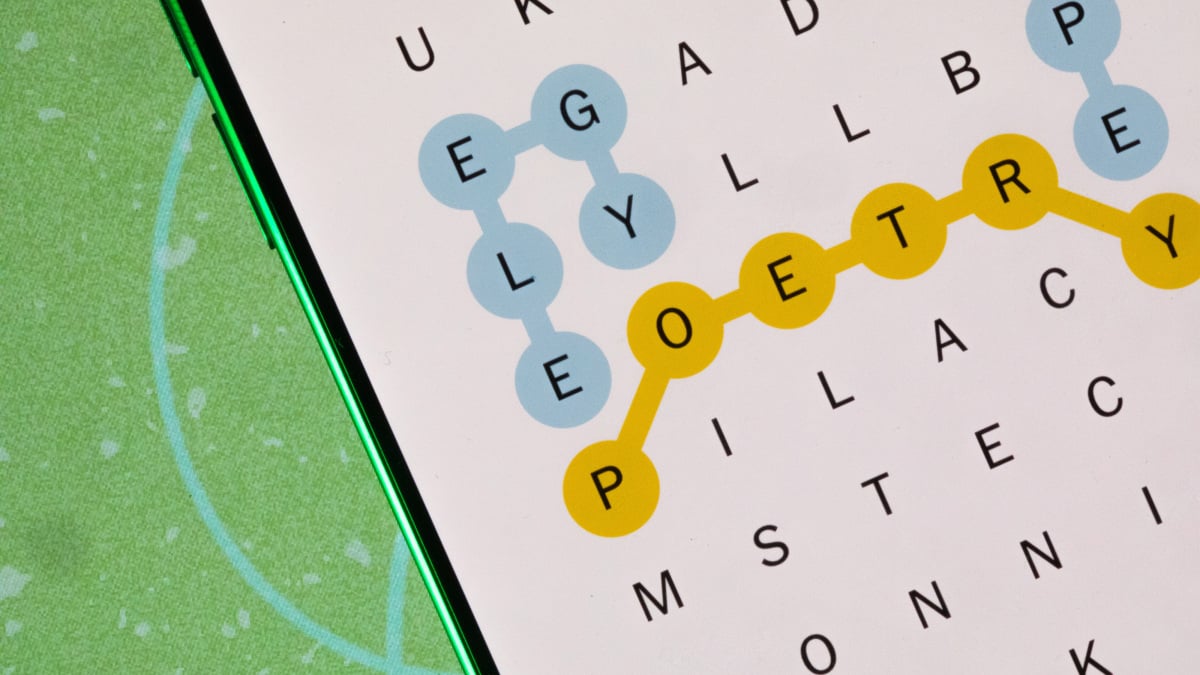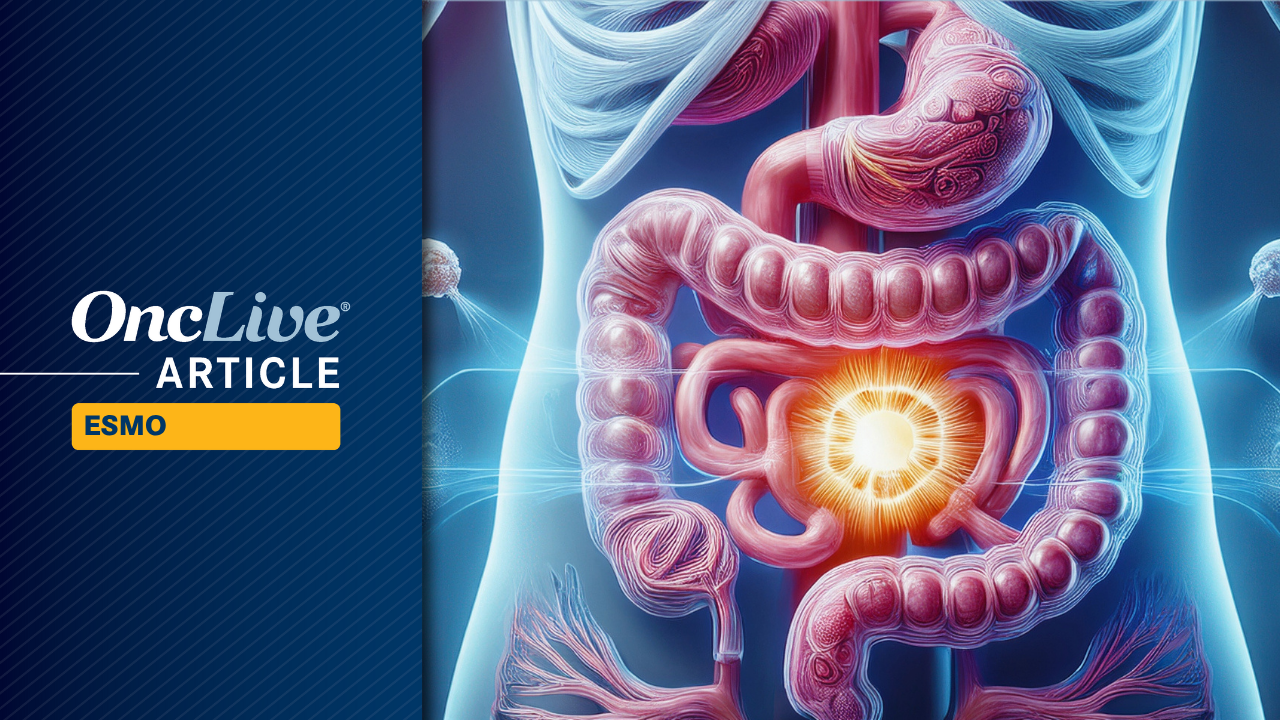If you’re looking for hints and answers for Strands for Sunday, October 26, 2025, read on—I’ll share some clues and tips, and finally the solution to the puzzle with the theme “Fall-ing.”
For an easy way to come back to…

If you’re looking for hints and answers for Strands for Sunday, October 26, 2025, read on—I’ll share some clues and tips, and finally the solution to the puzzle with the theme “Fall-ing.”
For an easy way to come back to…
This request seems a bit unusual, so we need to confirm that you’re human. Please press and hold the button until it turns completely green. Thank you for your cooperation!

Donald Trump announced on Saturday that he will raise US tariffs on Canada by 10% in retaliation for an anti-tariff advertisement sponsored by the Ontario government, which has further strained one of the world’s largest trade partnerships.
The…


Treatment with the anti–PD-L1 monoclonal antibody durvalumab (Imfinzi) plus 5-fluorouracil-leucovorin-oxaliplatin-docetaxel (FLOT) produced a statistically significant and clinically meaningful improvement in overall survival (OS) among patients with resectable gastric/gastroesophageal junction (GEJ) adenocarcinoma vs placebo plus FLOT, regardless of pathological status, according to results from the phase 3 MATTERHORN trial (NCT04592913) presented during the
With a data cutoff date of September 1, 2025, the final OS analysis of the intention-to-treat population yielded a hazard ratio (HR) of 0.78 (95% CI, 0.63–0.96; P = .021) comparing the investigational arm with the control arm, with median OS not reached in either arm.
“The OS results of the MATTERHORN study strongly support the use of durvalumab plus chemotherapy with FLOT as a new global standard of care for patients with localized, [resectable, gastric/GEJ] adenocarcinoma,” said Josep Tabernero, MD, PhD, professor of medicine, head of the Department of Medical Oncology at Vall d’Hebron University Hospital, and director of Vall d’Hebron Institute of Oncology, Barcelona, Spain, in his presentation.1
Furthermore, a survival analysis stratified by demographic and clinical characteristics showed that OS improvement was consistent across most key subgroups. Notably, a similar improvement in OS was achieved regardless of PD-L1 status. In patients who were PD-L1-positive (PD-L1 TAP ≥1%), the HR was 0.79 (95% CI, 0.63–0.99), and the HR was 0.79 (95% CI, 0.41–1.50) in patients who were PD-L1-negative (PD-L1 TAP <1%), even demonstrating identical HRs across groups.
Additional findings reported included an improvement in event-free survival (EFS), the study’s primary end point, among patients with any degree of pathological response and regardless of pathological nodal status at the time of the data cutoff on December 20, 2024.
The phase 3 MATTERHORN trial is a global, randomized, double-blind, placebo-controlled study evaluating the efficacy of neoadjuvant-adjuvant durvalumab plus FLOT chemotherapy.2 The study’s primary end point is EFS; key secondary end points include OS and pathological complete response (pCR).
The study population consists of 948 patients with localized gastric/GEJ adenocarcinoma who were treatment-naive upon enrollment. Patients were enrolled from across Asia, Europe, North America, and South America; of note, according Tabernero, is that 20% of patients were from Asia. Patients were stratified by geographical region, clinical lymph node status, and PD-L1 expression.
For treatment, patients were randomly assigned 1:1 to receive either the durvalumab and FLOT combination or placebo plus FLOT (n = 474, both arms) in the neoadjuvant setting. Here, patients received their 1500 mg of their assigned treatment plus FLOT for 2 cycles before undergoing surgical resection 4 to 8 weeks after their last dose.3 Following surgical resection recovery, patients received 1500 mg of durvalumab or placebo as adjuvant therapy for up to 1 year.
In 2023, interim results with a data cutoff on February 1, 2023, suggested a significant and clinically meaningful benefit in pCR and near-PCR, with response rates of 27% and 14% observed in the investigational and control arms, respectively.4 Next, earlier in 2025, results of a primary end point analysis published in The New England Journal of Medicine revealed a 2-year EFS rate of 67.4% in the investigational arm vs 58.5% in the control arm.5 A consistent and manageable safety profile between arms was depicted in both reports.4,5
Riding on the favorable efficacy and safety trends observed in previous analyses, this most recent readout highlights the potential of durvalumab and FLOT to become a new perioperative treatment option for patients.
Disclosures: Tabernero declared a consulting role with Accent Therapeutics, Alentis Therapeutics, AstraZeneca, Boehringer Ingelheim, Bristol Myers Squibb, Carina Biotech, Cartography Biosciences, Chugai Pharmaceutical, Daiichi Sankyo Company, Eli Lilly and Company, F. Hoffmann-La Roche AG, Genentech, Johnson & Johnson, Menarini Ricerche S.p.A, Merus N.V., MSD, Novartis, Ono Pharma USA, Peptomyc, Pfizer, Pierre Fabre, Quantro Therapeutics, Scandion Oncology, Scorpion Therapeutics, Servier, Sotio Biotech, Taiho Pharmaceutical, Takeda Pharmaceutical International AG, and Tolremo Therapeutics, and stocks with 1 TRIAL SP, Alentis Therapeutics, Oniria Therapeutics and Pangaea Oncology.

Traders are now squarely focused on Wednesday’s FOMC rate decision and accompanying statement. While a quarter-point cut to a 3.75%–4.00% target range is fully priced in, market reaction will hinge on forward guidance and Chair Powell’s tone in the post-meeting press conference.
With job growth slowing and inflation moderating, the Fed is under pressure to support labor conditions without reigniting price risks. The central bank’s challenge is compounded by limited data visibility, as the shutdown has delayed key labor and spending reports.
If the Fed signals additional cuts are likely, that would increase downside pressure on the dollar. Conversely, any effort to downplay further easing could offer near-term support to the index.
Bond markets echoed this sentiment shift. The benchmark 10-year yield retreated below 4% to close near 3.966%, while shorter maturities showed similar declines.
With the Fed now weighing labor market deterioration more heavily than inflation risks, fixed income traders are positioning for a slower policy path through year-end. This cautious tone limited dollar upside, even as international rate expectations trended lower.

Rivian Automotive (RIVN) shares have seen some volatility recently, catching the attention of investors watching the electric vehicle sector. The company has delivered mixed short-term returns; however, its longer-term performance tells a different story.
See our latest analysis for Rivian Automotive.
After a choppy stretch this year, Rivian’s share price has recently lost momentum, sliding 16.7% over the past month. However, when you take a step back, the one-year total shareholder return is an impressive 24.2%, even after accounting for big swings since last year’s lows.
If you’re curious what else is out there in electric vehicles and autos, now’s the perfect time to check out See the full list for free.
But with Rivian’s shares now trading below analyst targets after a period of turbulence, the key question remains: is this a genuine buying opportunity, or has the market already factored in all the future growth?
Rivian’s most widely followed narrative currently places its fair value at $14.48, which is about 10% above the last close of $12.98. This disconnect between the share price and narrative fair value sharpens focus on key drivers supporting this bullish view.
Vertical integration in technology, especially in autonomy, battery, and software, combined with growing software and services revenue (including licensing via partnerships like with Volkswagen) is expected to open new high-margin revenue streams and diversify earnings. This could potentially strengthen EBITDA and net margins over time.
Read the complete narrative.
Want to know why high-tech partnerships and vertical integration are central to Rivian’s future? There’s a set of bold assumptions powering this target valuation, including game-changing revenue projections and margin shifts few expect. Curious about what the consensus is betting on beneath the surface? Unpack the narrative to see what’s driving the models and which financial levers matter most.
Result: Fair Value of $14.48 (UNDERVALUED)
Have a read of the narrative in full and understand what’s behind the forecasts.
However, persistent cash burn and policy changes, such as tariff shifts or tax credit reductions, could quickly undermine these optimistic forecasts for Rivian’s future.
Find out about the key risks to this Rivian Automotive narrative.
Looking at Rivian through the lens of price-to-sales, things appear less optimistic. The company’s ratio stands at 3.1x, which is quite a bit higher than both the US Auto industry average of 1.3x and the peer average of 1.5x. Even our fair ratio estimate is just 1.4x, suggesting the market is paying a premium. Does this premium signal belief in future breakthroughs or simply extra valuation risk?